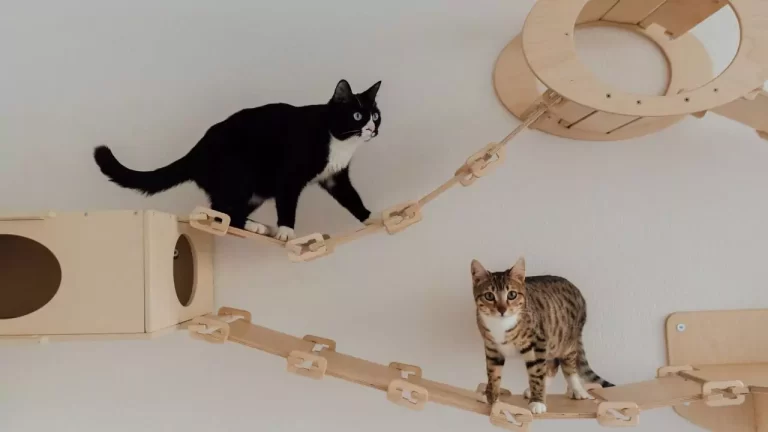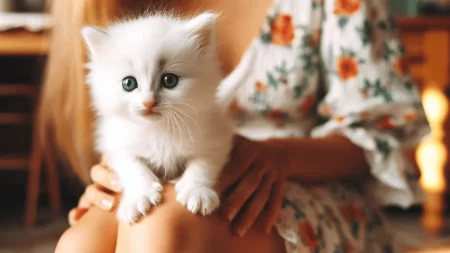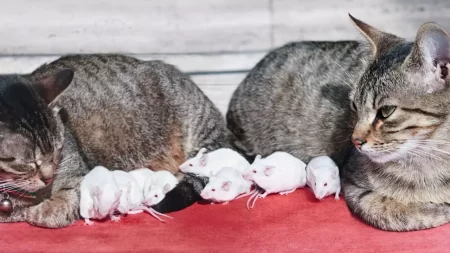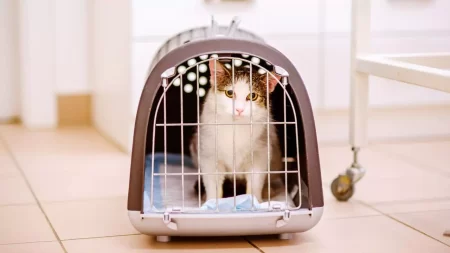Yes, house cats are often happier when living in pairs or small groups. While some cats are perfectly content being the only pet, many cats benefit from having a feline companion in the home. Here are some key points on why cats tend to be happier with a friend.
Signs that Indicate Cats May Need a Companion
- Changes in Activity Levels – A cat that is bored or understimulated may become lethargic or engage in destructive behaviors. A companion cat provides mental stimulation and encourages healthy play.
- Excessive Grooming – A cat that excessively grooms itself when alone may do so out of stress or boredom. The presence of another cat can reduce anxiety.
- Vocalizations – Frequent meowing or yowling when an owner is away may signify loneliness. Another cat provides comfort and distraction.
- Changes in Litter Box Habits – Inappropriate urination/defecation may result from stress. A bonded companion leads to more predictable litter box habits.
- Aggression – A lonely cat may act out with aggressive behaviors like biting or scratching. Cat-to-cat play reduces this aggression.
- Destructive Behaviors – Destructive behaviors like scratching furniture often indicate boredom and stress that a companion cat could alleviate.
- Unwillingness to Eat – A disinterested, lonely cat may pick at its food. Companion cats encourage healthy eating habits.
Benefits of Having Multiple Cats
- Increased Play and Exercise – Cat companions engage in beneficial exercise and play together. This burns energy and prevents obesity.
- Better Training – One cat can reinforce training the other has learned, like using scratching posts. Companions also learn by observation.
- More Social Interaction – While bonding with their owner, cats need socialization with their own kind. A second cat provides this social enrichment.
- Healthier Eating Habits – Companion cats tend to have better appetites and eat fuller meals together. This maintains good nutrition.
- Companionship for Senior Cats – As cats age, a companion cat provides comfort and can help senior cats remain active.
- Mutual Grooming – Grooming between cats reinforces social bonds and relationships. It also keeps coats clean and reduces shedding.
- Saving Another Life – Adopting a second shelter cat saves a life and combats overpopulation. The two cats keep each other company.
- Cost Efficiency – The additional costs of a second cat are minimal. Food, litter, and vet costs are more economical per cat with multiple pets.
- Family Bonding – Caring for multiple cats together teaches children responsibility and compassion. It strengthens family ties.
- Less Nighttime Disturbances – Paired cats play together at night and sleep more soundly during the day. This results in fewer nighttime wakeups for owners.
Considerations Before Getting a Second Cat
- Space Availability – Ensure your home has enough space for multiple litter boxes, scratching posts, toys, cat trees, and food/water dishes. Cats need room to avoid conflict.
- Resident Cat’s Age and Temperament – An older resident cat may prefer being an only cat. Kittens and younger cats tend to accept new cats more readily after slow introductions.
- Introducing Cats Properly – All new cats should be properly introduced to current cats slowly, using separate rooms and positive reinforcement. Never force interactions.
In conclusion, cats are highly social and most do best living with at least one other feline companion that they can play, bond, and interact with on a regular basis. However, each cat has unique needs, so consider your individual cat’s personality before making the commitment to a multi-cat home. With preparation, patience, and proper introduction techniques, most cats will thrive with a new sibling.







